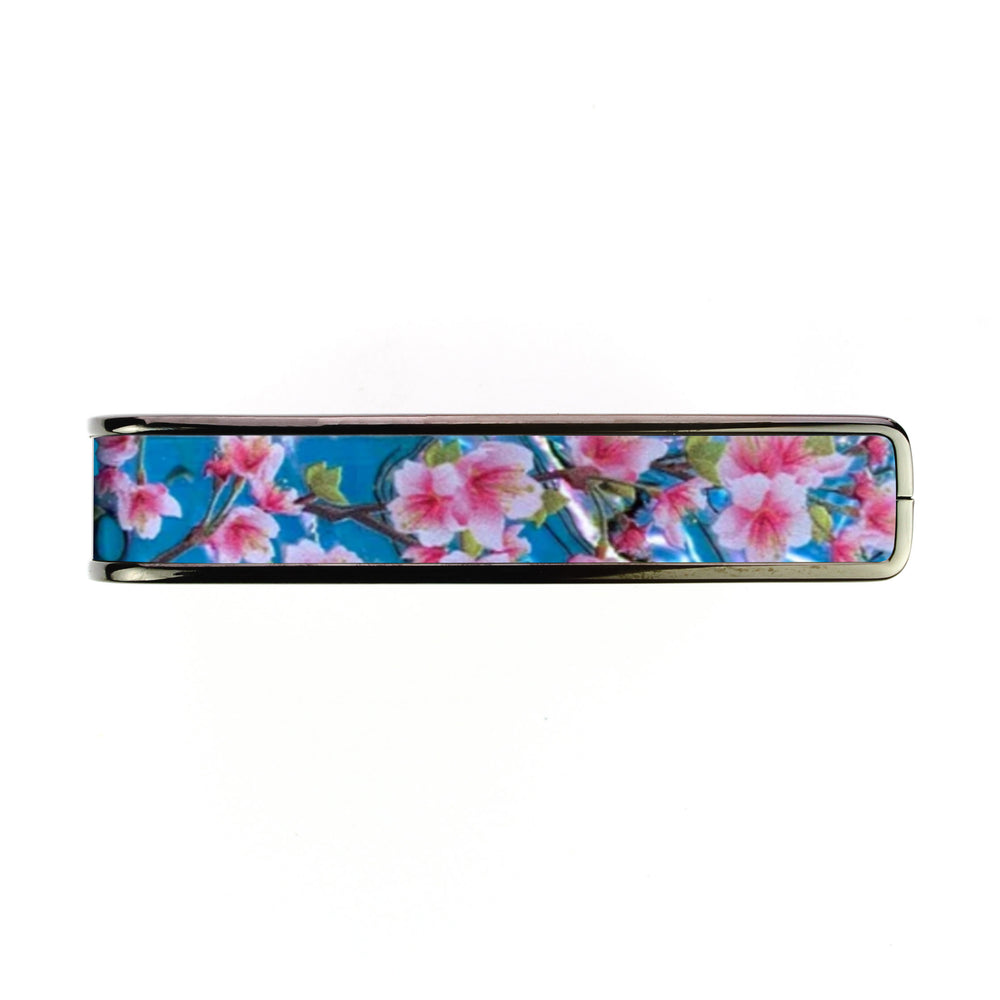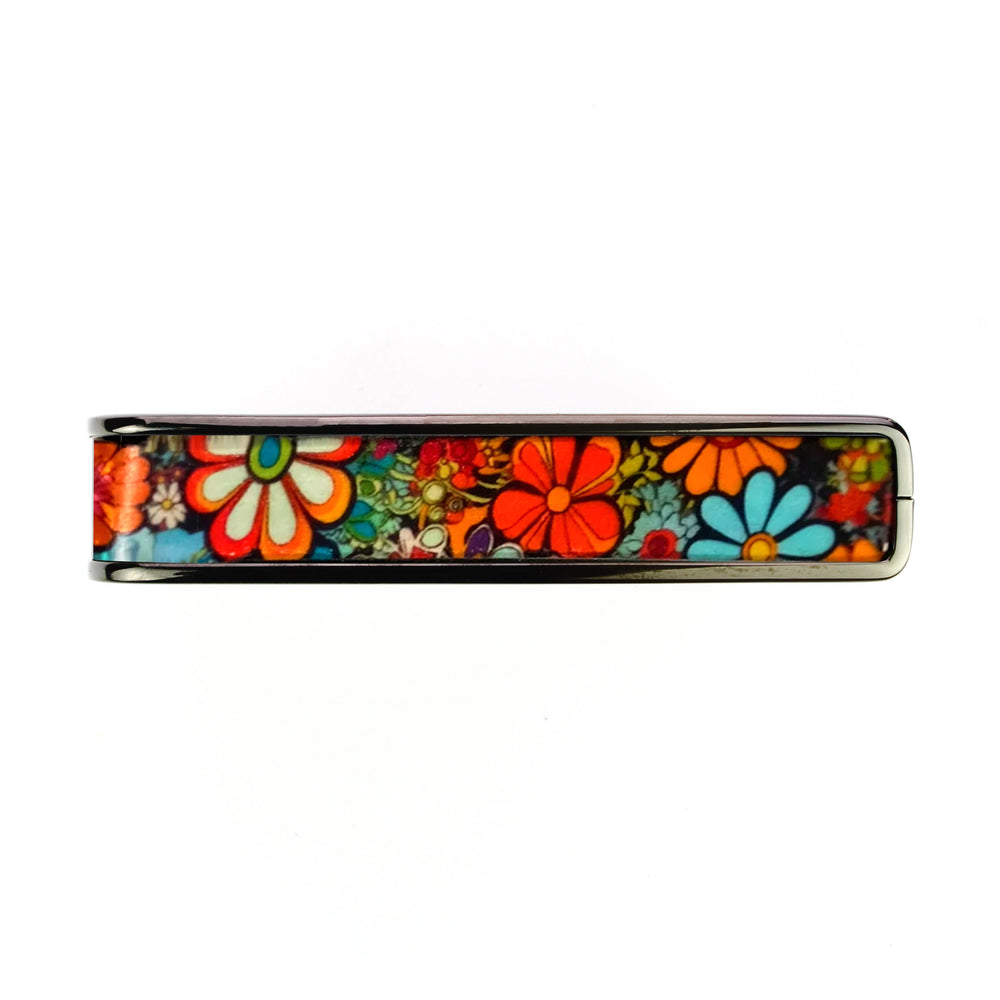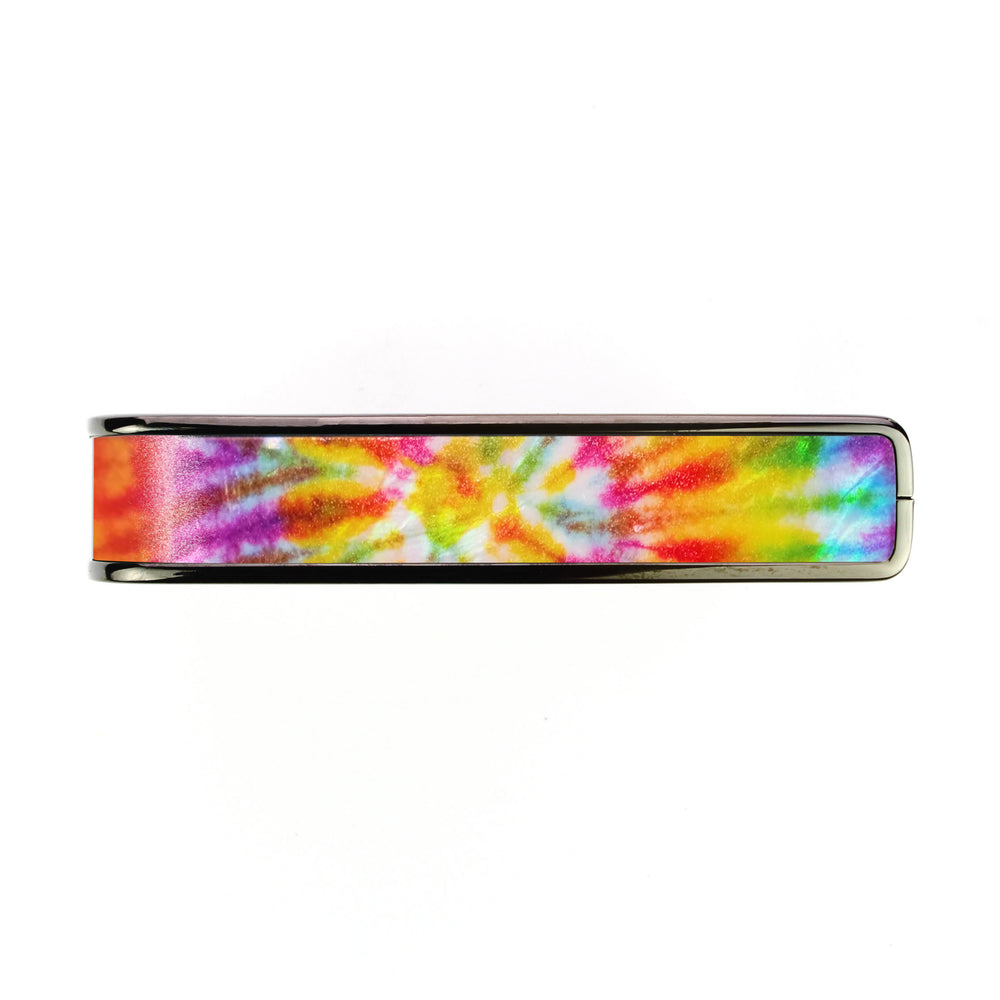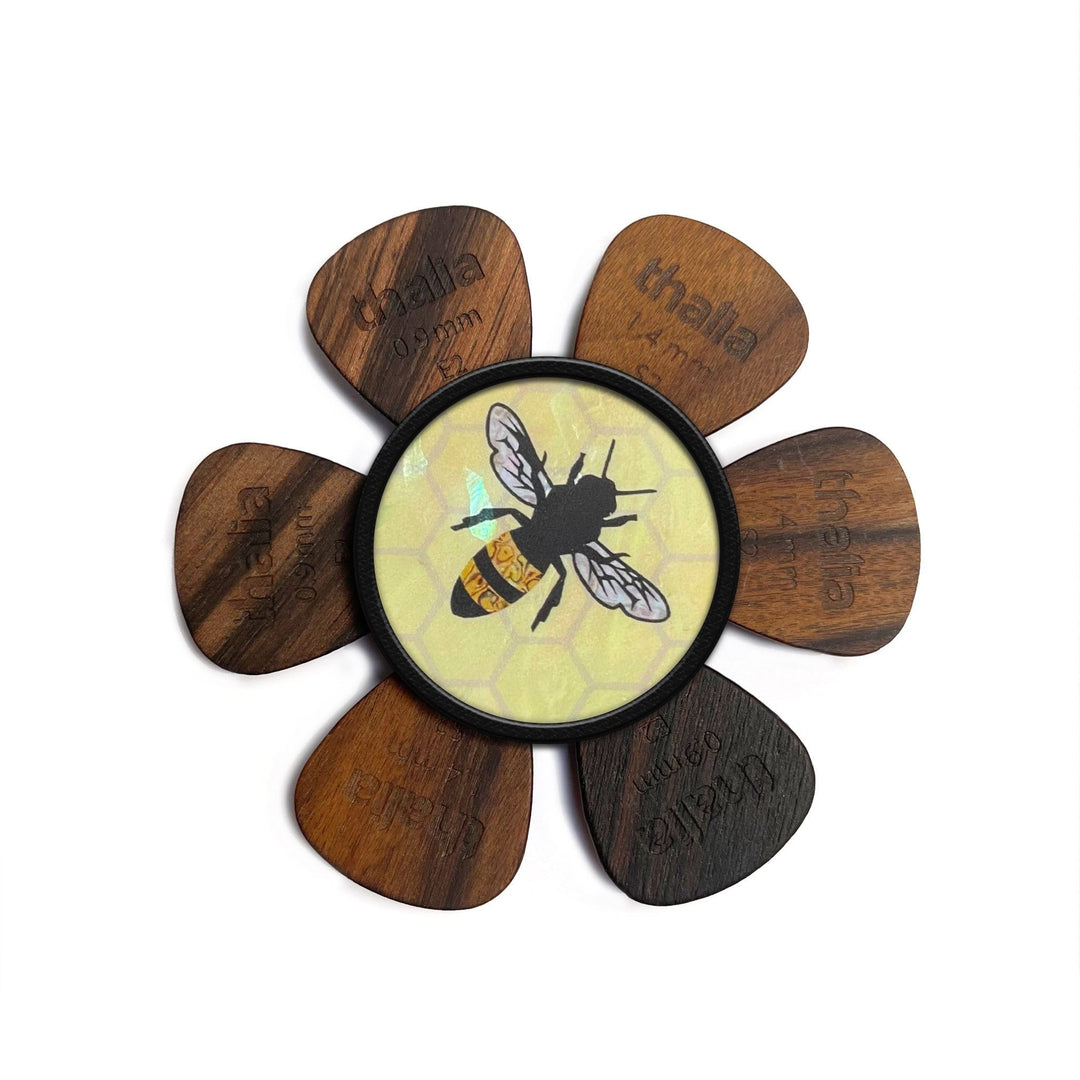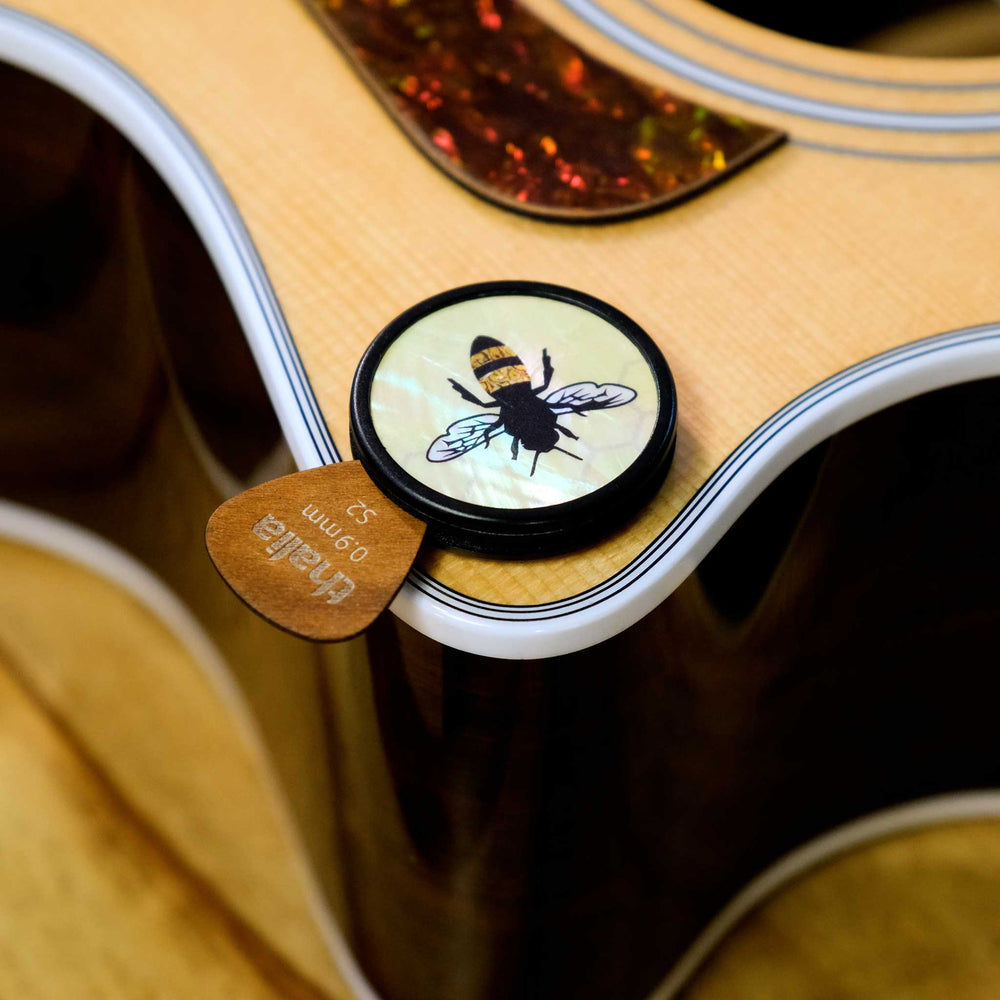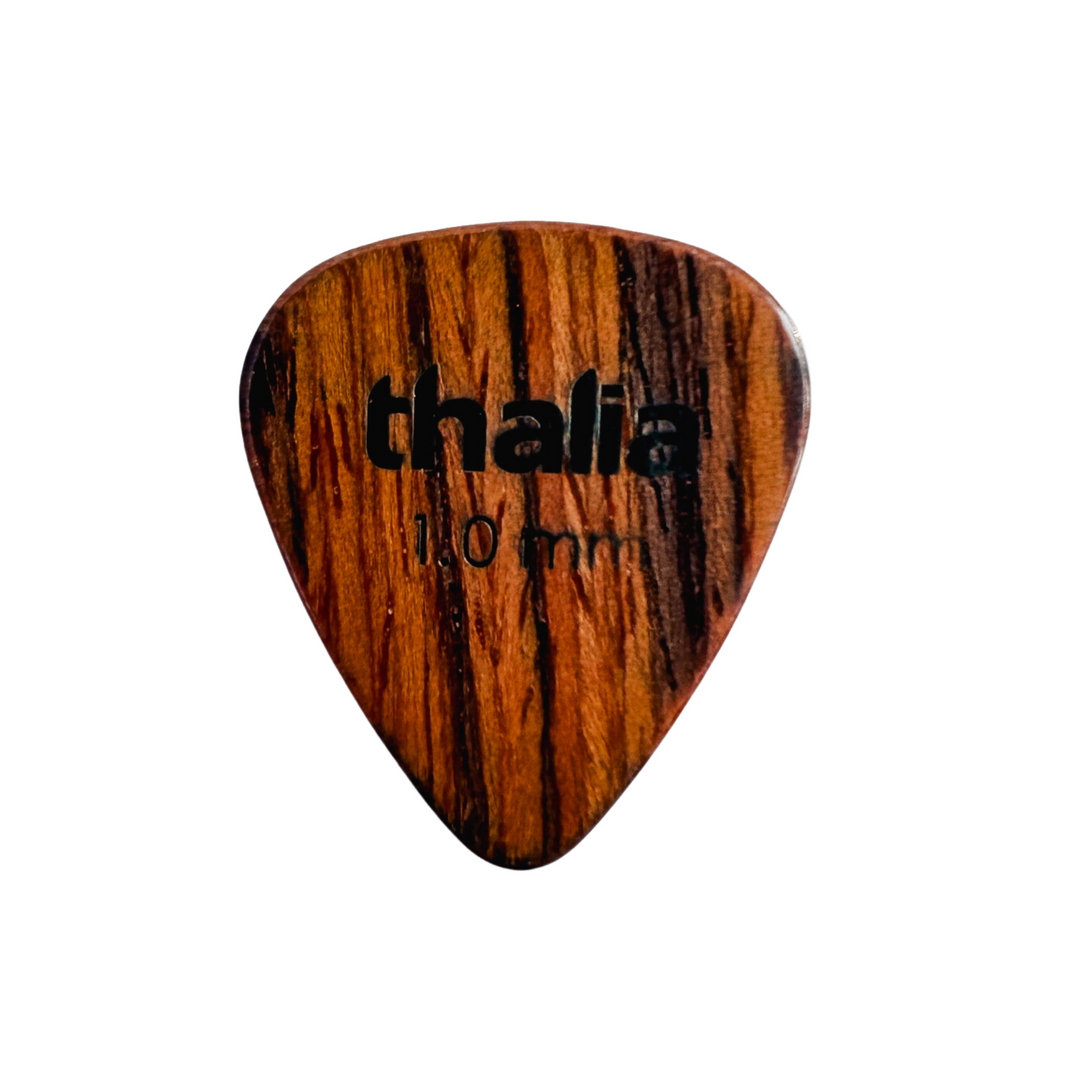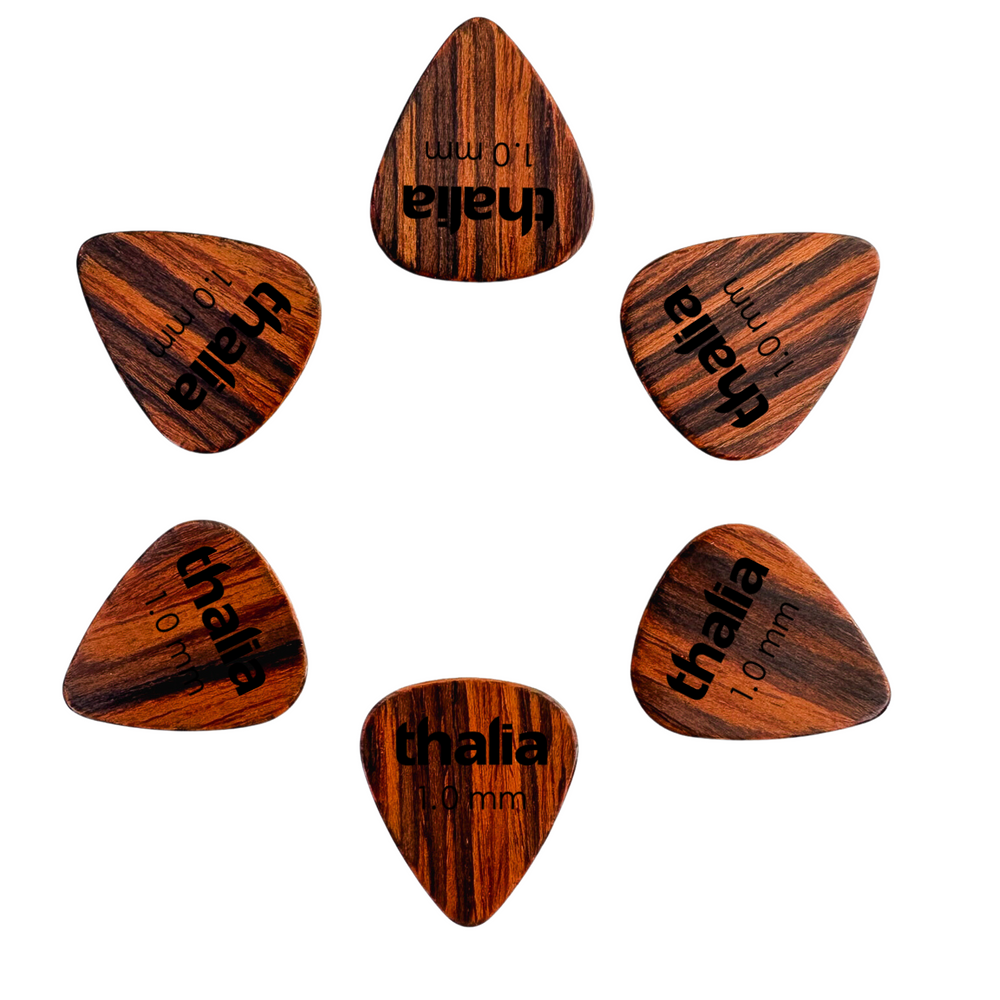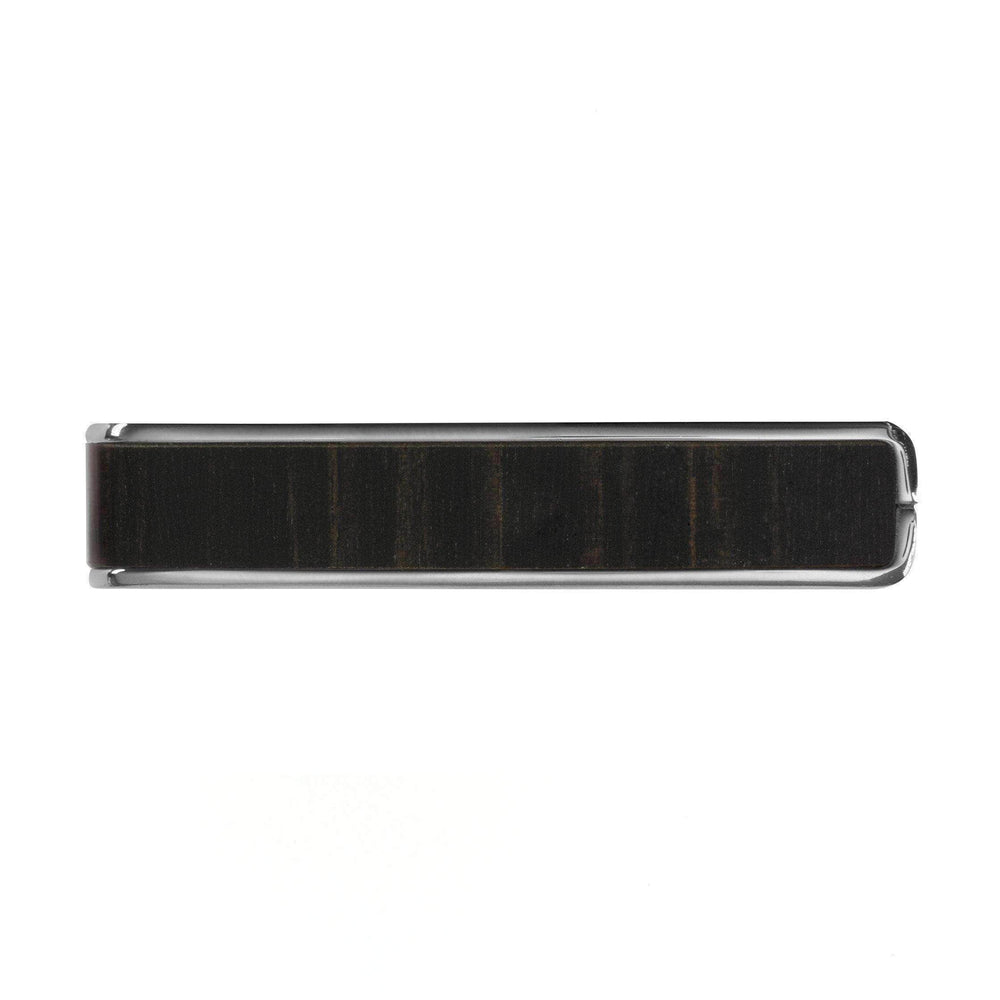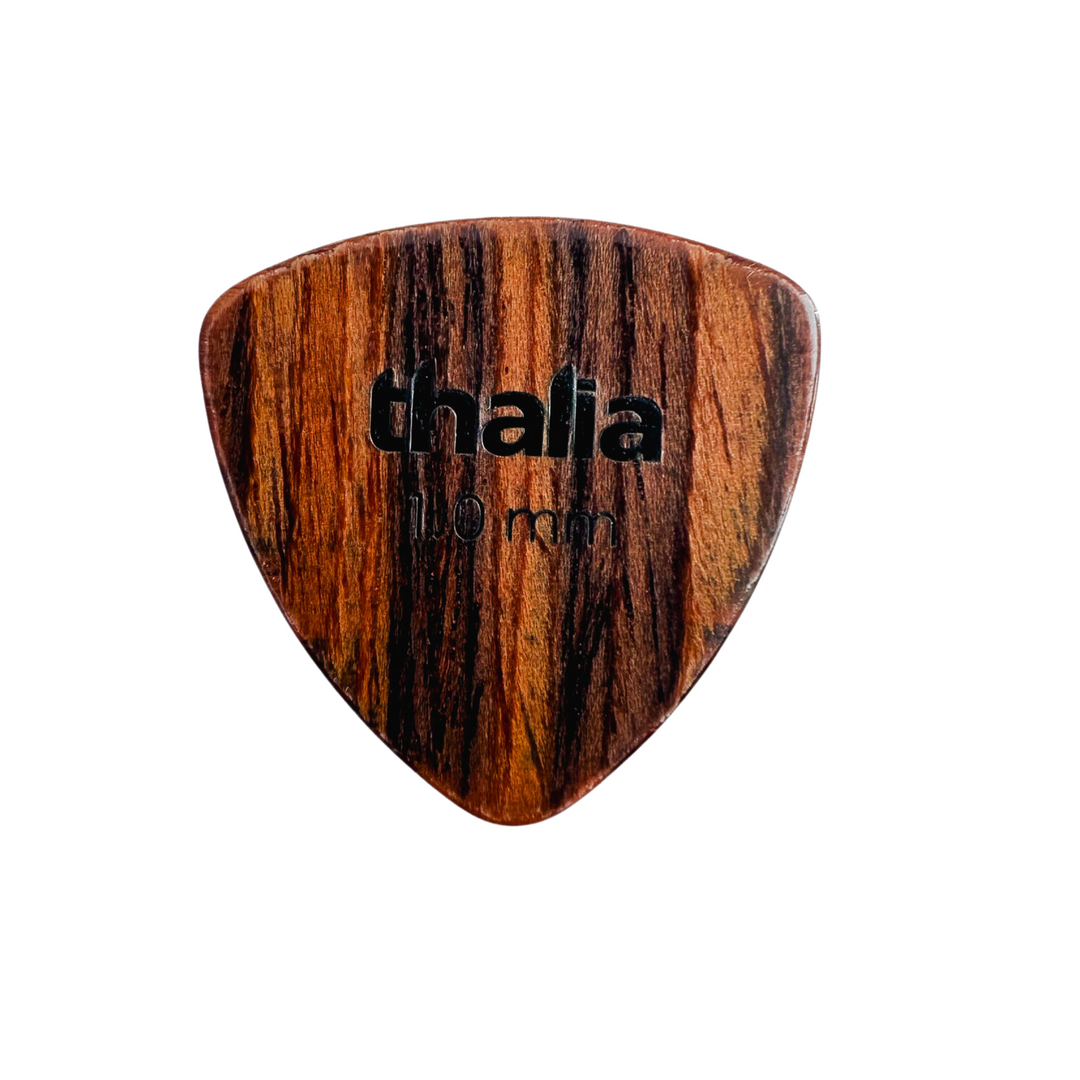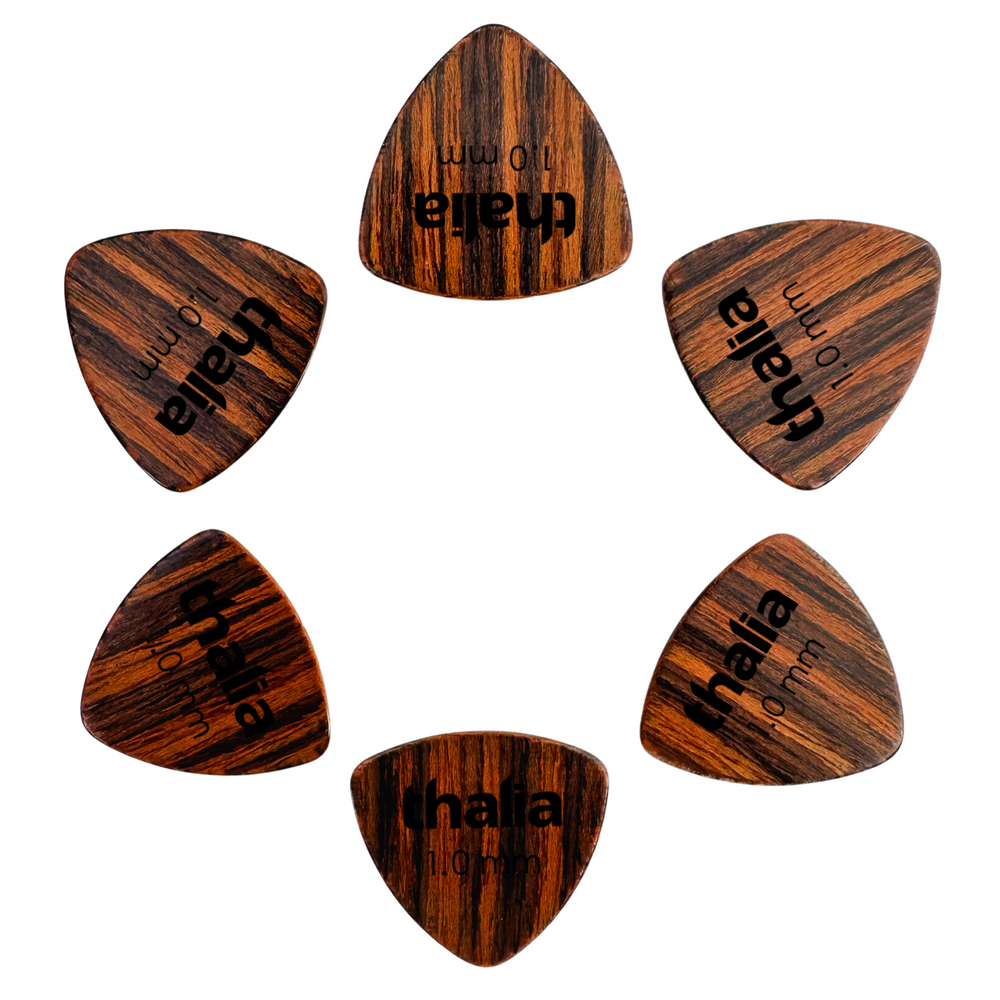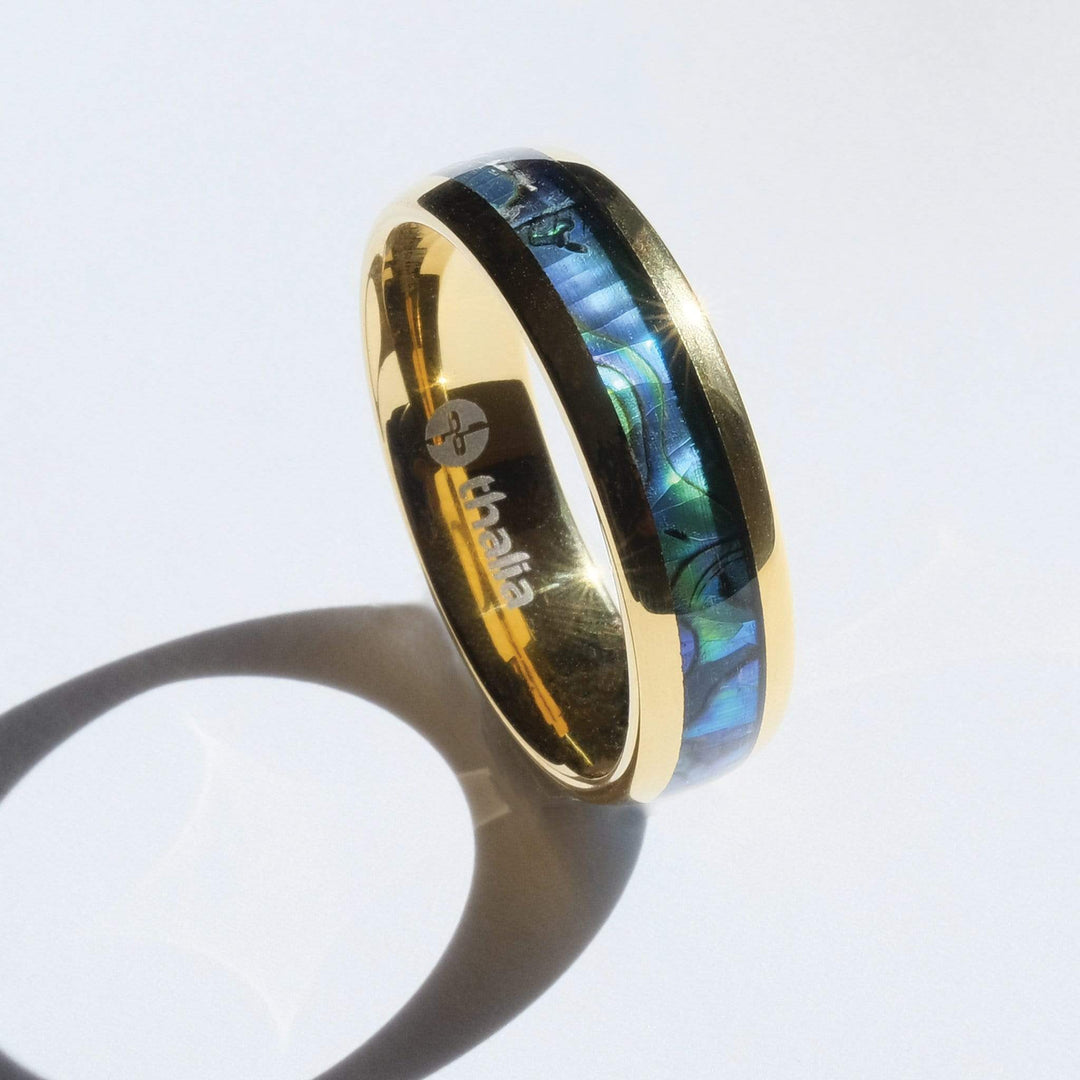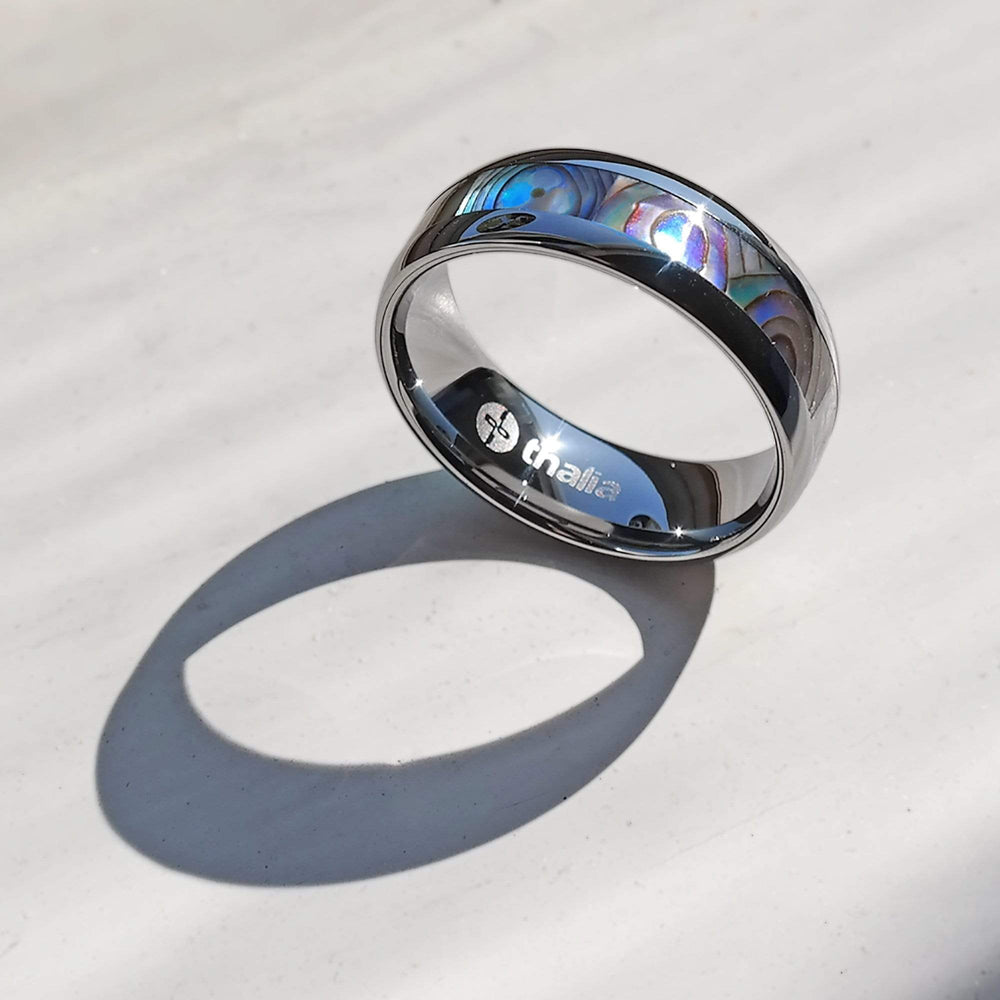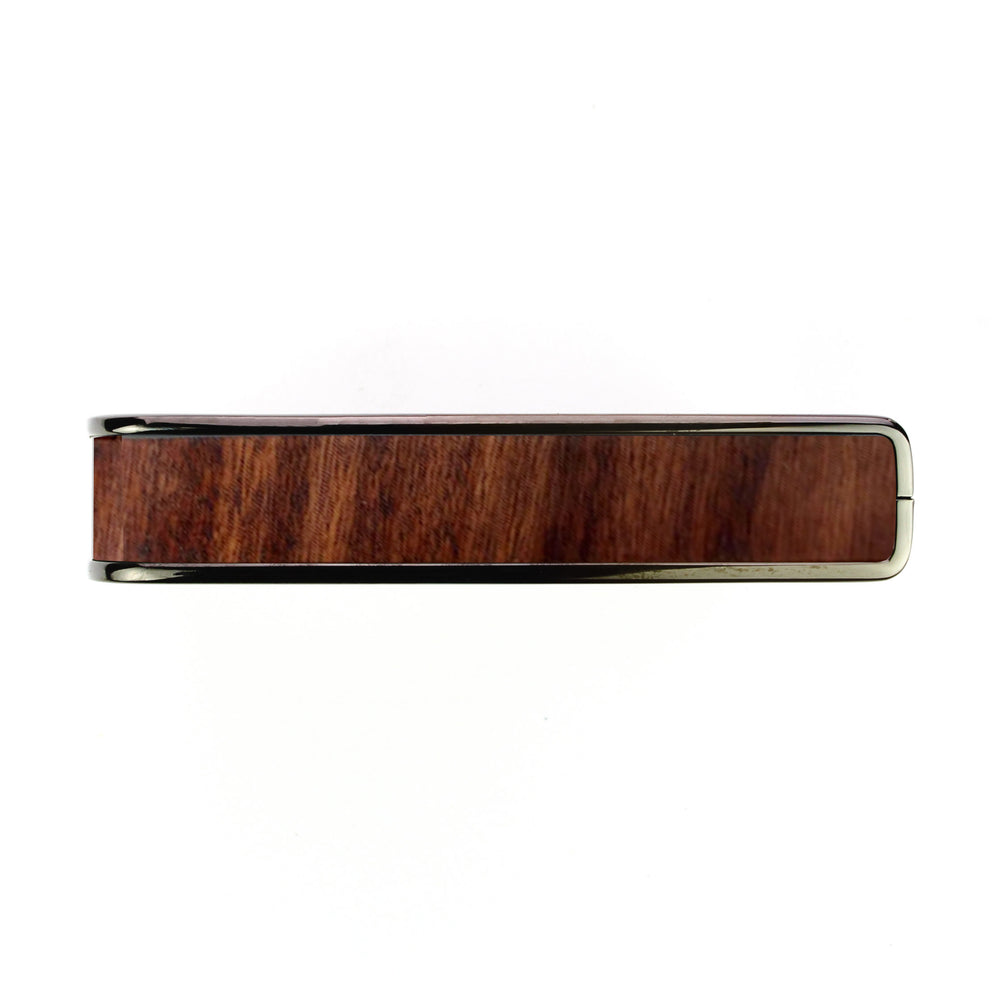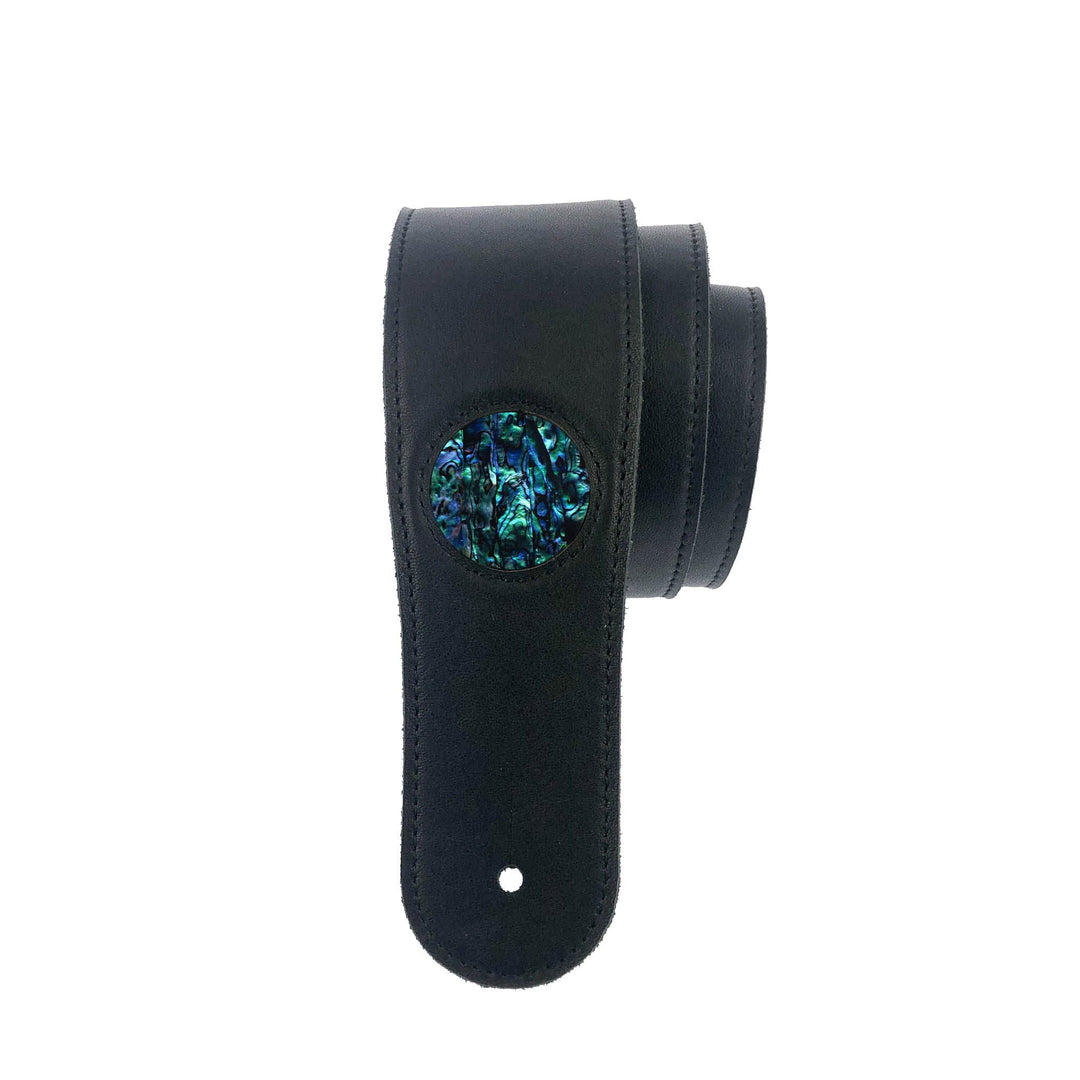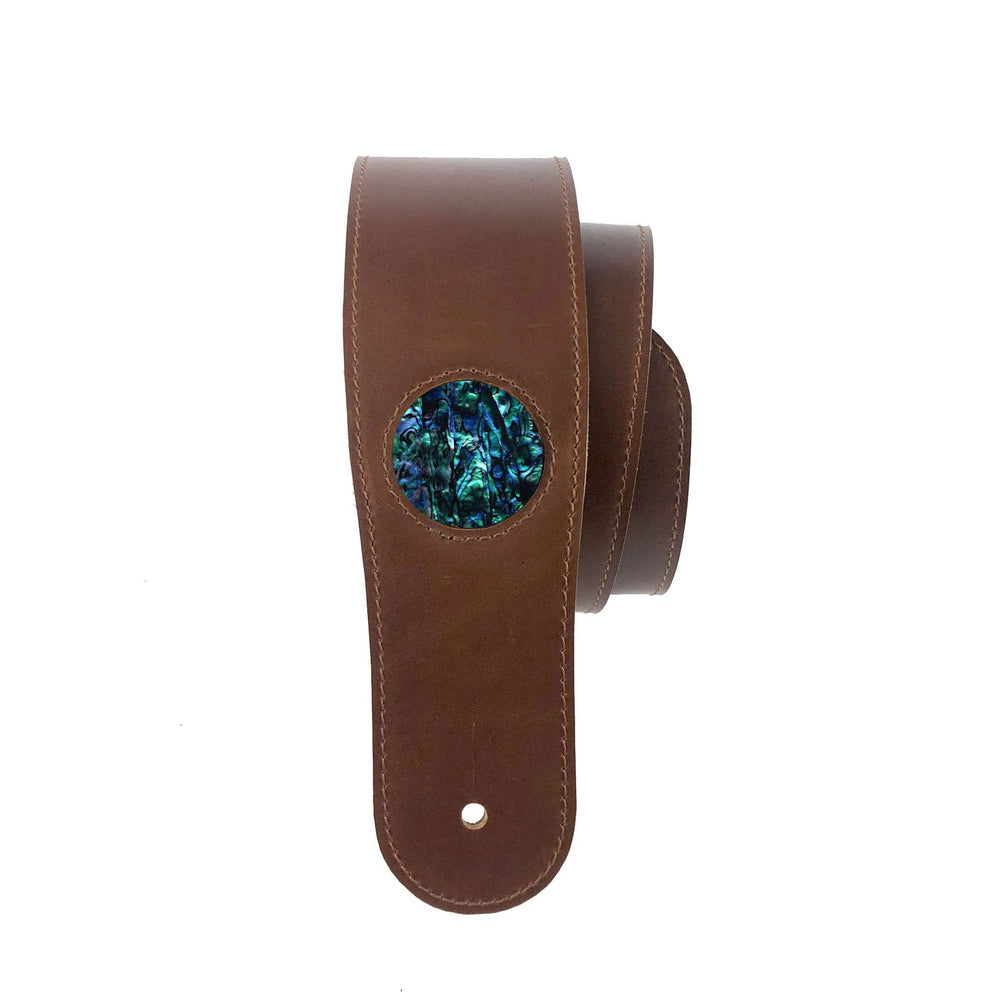Picks Are Way Older than You Think…
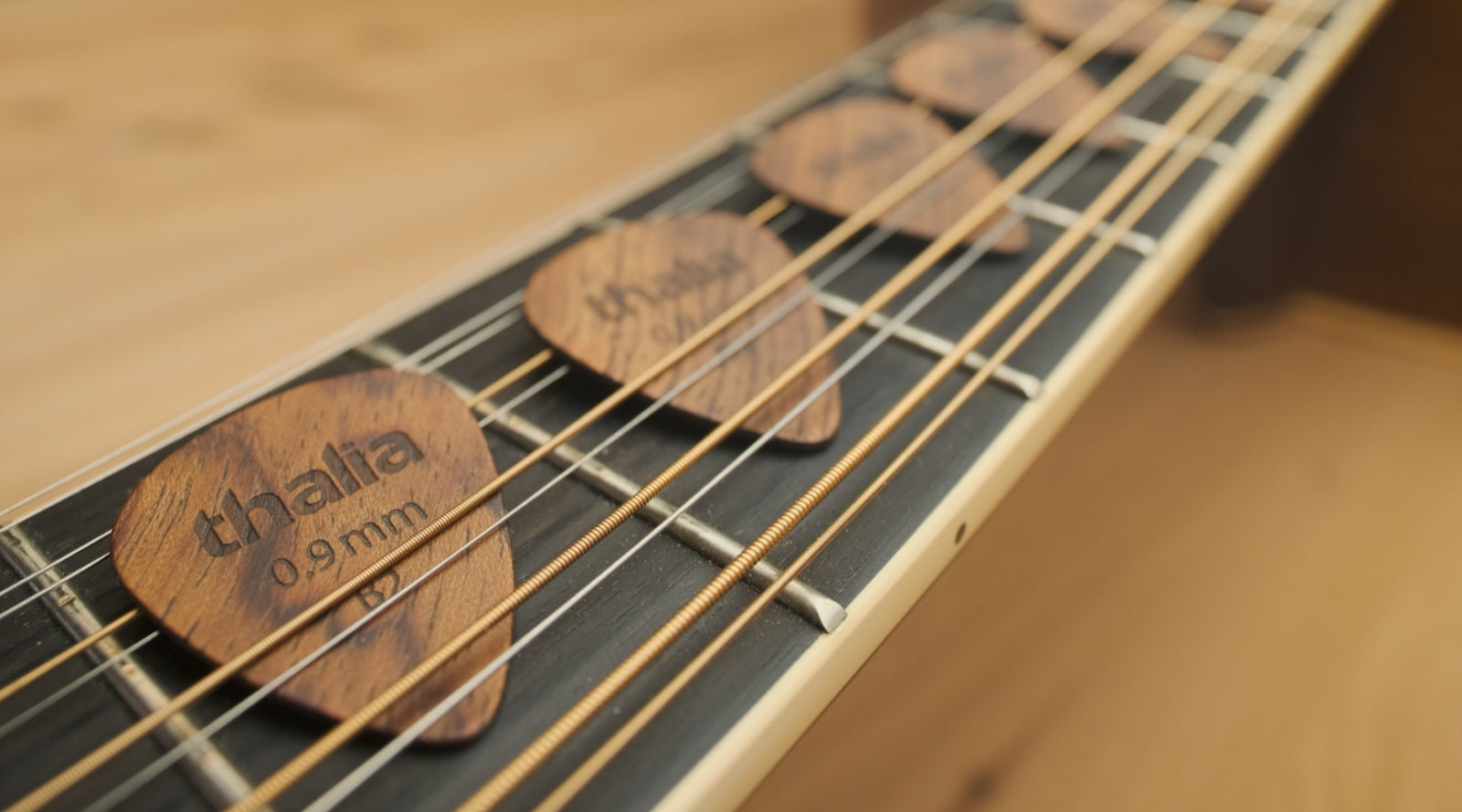
This past week, I’ve been sorting through the somewhat overwhelming collection of picks in my pick tin.
When I say “pick tin,” I mean “in my pick tin, around the pick tin, in my desk drawer, on the dresser, on the bedside table, lost somewhere in the couch, in my wallet, in the back pocket of my jeans and clogging up the washing machine…” picks tend to get around a lot. (I’ve got a couple of Thalia Pick Pucks on order, which I’m hoping will bring some order to the chaos).
Rummaging through 18 years worth of picks (I can never bring myself to throw any away, regardless of how worn down they are), is a bit like tracing your history as a guitar player. Picking up the dog-eared .60mm nylon pick that I started with – totally inappropriate for the 1000-miles a minute, down-strummed power chord barrage that was my style at the time – took me straight back to being 14 years old. Wooden picks reminded me of my growing love of the acoustic guitar in my late teens, while Jazz IIIs were a signifier of some of my more experimental moments in my mid-20s.
Reminiscing on my own picking history, I started to think about the history of the pick full stop. I was pretty up on the story of the modern pick as we know it today. In fact, I’ve waxed lyrical about that very subject previously on this blog.
As a quick recap, in the late 19th century, picks made from tortoiseshell (the shell of hawksbill sea turtles to be precise) were the gold standard when it came to assisted strumming. However, this along with the popularity of tortoiseshell in the manufacture of a bunch of other stuff, lead to the near extinction of the hawksbill sea turtle. Once it was placed on the endangered species list in 1973, tortoiseshell picks went the way of the dodo (to the point that even old tortoiseshell picks need to be verified as antiques before they can be sold). Picks made from theromoplastics had been produced since the 1920s, originating from the D’Andrea company in 1922. But, the ban of tortoiseshell led to their explosion in popularity, with companies like Herco and Jim Dunlop setting the standard for modern pick.
What I wondered, though, is what – if anything – people used to strum their instruments before the pick emerged. And, after a bit of digging, I found that the concept of the pick – if not the pick as we know it today – goes back way further than I’d ever imagined. In fact, the notion of “the plectrum” (as we across the pond call it) has existed since the dawn of recorded history.

As Premier Guitar notes, the word plectrum comes from the Ancient Greek word “plēktron.” And, according to the Greek-English lexicon, plēktron means “anything to strike with [or] an instrument for striking the lyre, a spear point.”
These plectra were handled and had “a short, pointed blade of ivory, bone, or wood” by the account of Greek music historian ML Wood, and there’s plenty of evidence of the ancient Greeks using them too. You can see Lyre players depicted holding their plēktron in Greek pottery, and there are even writings about music from the period that make mention of them.
So next time you pick up your… erm… pick, just think – there’s a through line from you to the Lyre players of ancient Greece.
Do you use a pick when playing guitar? What different guitar picks have you used over the years? Share your stories in the comments.



